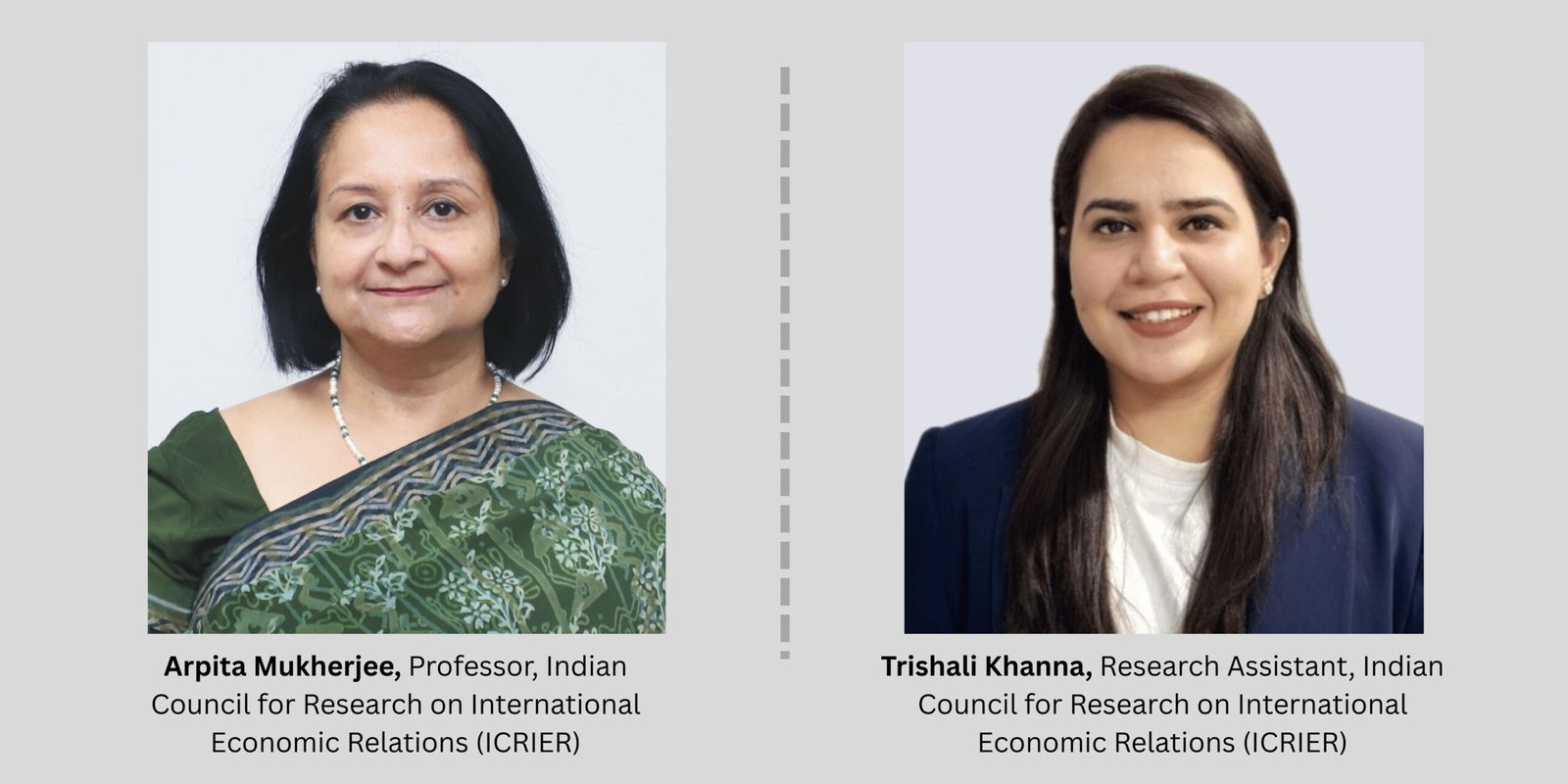Inside BENEO’s new pulse plant: pioneering sustainable protein from faba beans
Co-authored by – Arpita Mukherjee, Professor, Indian Council for Research on International Economic Relations (ICRIER), and Trishali Khanna, Research Assistant (ICRIER)
The Economic Survey (FY2024–25) reports that India’s health expenditure had risen at a CAGR of 18 per cent between FY2021-FY2025. The World Bank (2014) estimated that micronutrient deficiencies cost the country over USD 12 billion in GDP annually. While India has made progress in addressing some micronutrient deficiencies like reducing Iodine deficiency through salt iodisation, double-fortified salt to address iron and Iodine deficiencies, iron fortification of rice; Vitamin D deficiency, which is now affecting 1 in 5 Indians, is yet to be addressed. Vitamin D deficiency can compound health expenditure many folds, leading to severe productivity losses. Due to this, FSSAI sets up a Committee for taking measures for Vitamin D-fortified foods.
The Food Safety and Standards (Fortification of Foods) Regulations (FSSAI, 2018) permit voluntary fortification of edible oil and milk, which are required to carry the FSSAI’s ‘F+’ logo. However, many companies are marketing Vitamin D-enriched products like juices as “Vitamin D Enriched”. While they may be correct, consumers are confused as to what is allowed or not allowed by FSSAI and, if allowed, is it enough to address scale of the Vitamin D deficiency.
Which foods should be fortified?
FSSAI allows fortification in milk and oil. Oil may be considered unhealthy – with growing obesity and non-communicable diseases (NCDs), the government is promoting reduction of oil consumption. The UNICEF’s (2023) Large-Scale Food Fortification Guidelines recommend five staples for Vitamin D co-fortification: wheat flour, maize flour, rice, oil, and milk. Most developed countries (for example, the USA, Canada, and Finland) have implemented Vitamin D fortification in milk, flours, and oils. In 2009, Jordan introduced mandatory fortification of wheat flour with Vitamin D. In 2011, Bangladesh, with the support of the EU, launched a school-based programme distributing biscuits fortified with Vitamin D to children in rural primary schools. In 2016, Pakistan, in partnership with Nutrition International and Mott MacDonald and funded by the UK government, implemented a large-scale initiative to fortify wheat flour and edible oil with Vitamin D across 56 districts, reaching nearly 65 million people.
In India, with growing cases of NCDs, the government is promoting reduction of edible oil and fried foods. It is difficult to give fortified milk through the public distribution system (PDS). Therefore, should Vitamin D fortified staples be allowed to be distributed through the PDS, setting certain limits to address toxicity? Poor children can get Vitamin D through the fortified rice in khichdi served in their mid-day meals.
Voluntary or mandatory fortification
Implementing a mandatory fortification is a big challenge for FSSAI due to (a) the large informal sector (around 70-80%) in food (b) MSMEs may not have the technology (c) acceptance by consumers. Given that Vitamin D3 is from animal sources, FSSAI has only allowed Vitamin D2 fortification. With growing need to reduce oil consumption and some people may be lactose intolerant, the voluntary fortification may extend to staples. If it is combined with calcium, the benefits are a lot higher.
Is fortification expensive? How can fortified food reach the poor?
Industry is worried to launch Vitamin D fortified foods for two reasons: (a) cost (b) acceptability among consumers. Cost can be addressed by giving targeted subsidies linked to nutrition like the PLI being linked to fortified-nutritious foods. Acceptability can be addressed through campaigns like Eat Right India and industry partnerships.
India’s food safety net programmes—including PDS, ICDS and PM POSHAN—serve over 800 million people. These platforms are used to distribute iron-fortified staples in many states and can be leveraged to include Vitamin D-fortified staples. Under ICDS, fortified rice or wheat can be included in take-home rations for children, pregnant women, and lactating mothers.
Dietary preferences vary across states. The nutrients standards based on FSSAI guidelines can provide a foundation for Vitamin D fortification, allowing the states the flexibility to fortify as per the local food habits. Ministries like the Ministry of Women and Child Development (MoWCD) and the Ministry of Education (MoE), can use FSSAI approved fortification standards.
Without much additional costs, certain steps can be taken to address Vitamin D deficiency. These include coordination between FSSAI and key ministries/department at the Centre and states to develop a package of practice and guidelines for Vitamin D-fortified foods to be distributed through the public procurement systems. State-level distribution of fortified food can be enhanced through partnership with organisation like GAIN, which have been working on large-scale food fortification. Public awareness on consumption and limits of Vitamin D-fortified food can be increased through sustained awareness campaigns led by nutrition experts and public health professionals. The CSR funding of companies can support localised fortification infrastructure, outreach, and innovation. Private sector can be encouraged to renovate, reformulate and invest in R&D for co-fortification of Vitamin D with Calcium through smart nutrition-linked subsidies and taxes.

